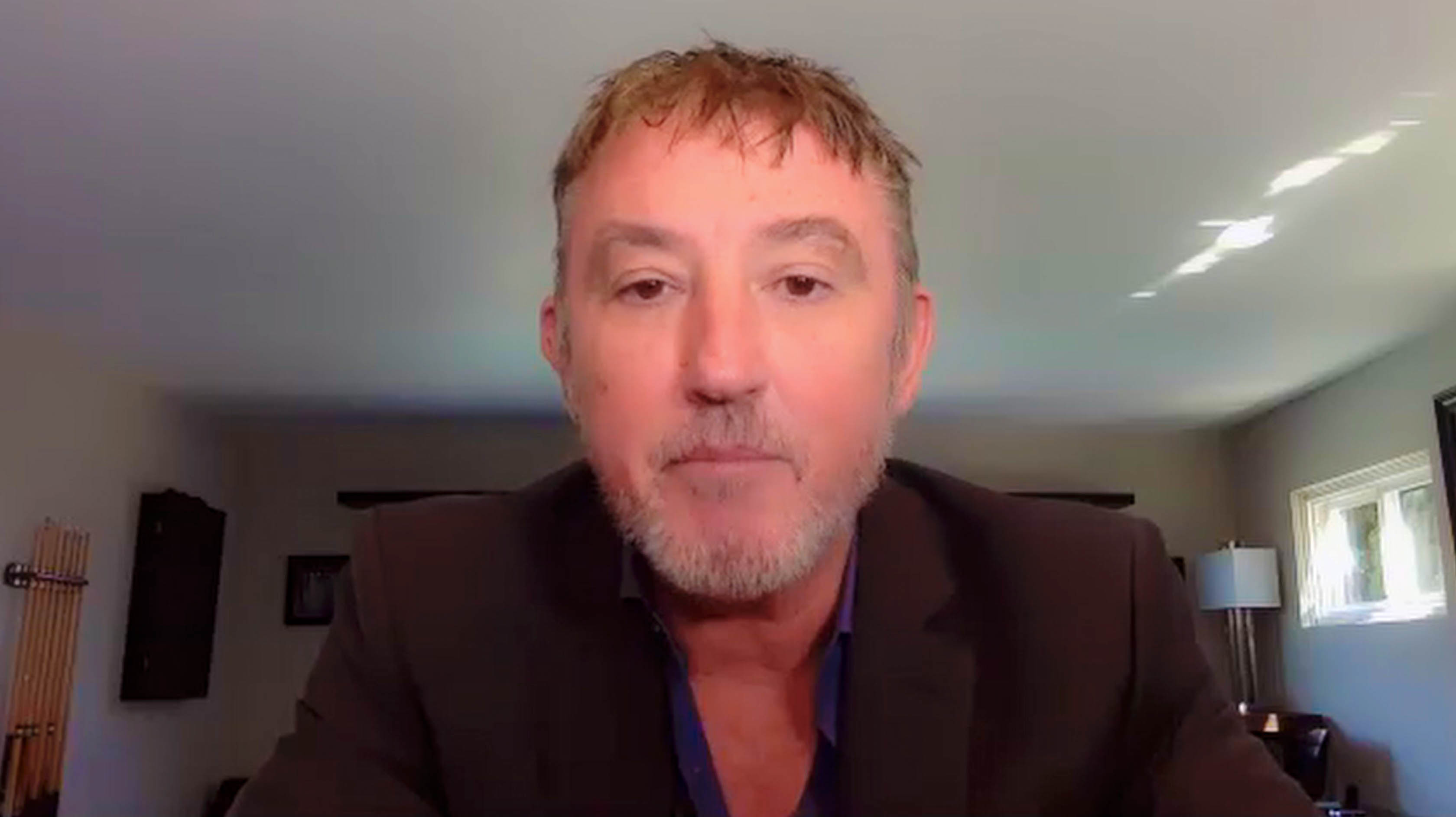
Formulating a Marketing Plan
Former Chief Marketing Officer at Bacardi & Walgreens Boots Alliance
inpractise.com/articles/bacardi-reviving-brand
Why is this interview interesting?
- How Bacardi approached reviving the rum brand as a recruitment product
- The importance of connection moments between the brand and consumer
Andy Gibson
Former Chief Marketing Officer at Bacardi & Walgreens Boots Alliance
Interview Transcript
Let’s take Bacardi, for example and their core rum business. How did you look to formulate a marketing strategy?
Like any brand, the first thing is – and this might sound like a repeat record – is that you need to know your target consumer. What had happened with Bacardi is that it had drifted, with a target. It had become a reasonably old brand. It had drifted into a 40-year-old’s brand. Essentially, when you look at the Bacardi brand, it’s a recruitment brand and that talks to 18-year-olds, in many countries; 21-year-olds, here in the US. It needs to continually be a recruitment brand.
So the first strategic choice that any marketeer has to make, is choosing your target consumer. We made a choice, at that time, to actually go back and make Bacardi a recruitment brand. Of course, at the time, that was targeting millennials. The next thing we had to do was immerse ourselves in the millennial’s lives and, actually understand, as I said earlier, what are their needs, their wants, their beliefs, their desires? In that understanding, we drive out a huge insight, that exists in millennials lives, at that point in time. That insight is an unmet need, want, belief or desire, that exists in our consumers lives, that our brand can actually play a role in helping and answering.
At the time, the millennials needed the courage to live the life that they wanted to live and that excited us. If you think of a brand that’s survived adversity, through many, many challenges, it’s the Bacardi brand. We felt that we could do something about that. We then set about understanding what these millennials thought about our brand. This is where it gets interesting, because you need to be honest. You need to actually understand the good and the bad. You then need to understand where you want to take the brand. What changes from the current emotional engagement with your brand that those consumers have and where do you want to take it?
That’s called positioning a brand. You need to come up with the strategic positioning for the brand, and then execute really hard against it. What we found was, that millennials felt that they didn’t have a big relationship with Bacardi. It was okay. They felt that it wasn’t a quality brand. They didn’t know it had the heritage that it had. They didn’t know that it had actually created the blended rum category, as we all know it today. They had no idea about the heritage and provenance of Bacardi.
So we set about telling those stories. We set about actually talking to those millennials about the history, about the provenance and about the quality of the Bacardi brand. Then the next phase was to do that in a way that weaved that brand into their life, which meant understanding the connection moment; those moments of influence where your brand can talk, the mediums it can talk in and the message it should give. That saw us creating an event, called the Bacardi Triangle, where we took 1,862 leading edge influencers, journalists and consumers, to a very small island, the Bermuda Triangle and we put on a three-day music festival. That music festival saw us bring the brand to life in a very authentic, amazing way. It connected with the consumers that were there. But most importantly, we actually had a social media strategy that was pushing out content from that festival continually. I think we got upwards of seven billion hits on that event and we started to completely change perception, amongst millennials, around the Bacardi brand. They started to view it as a quality brand, a brand with heritage, a brand for me. A brand that’s becoming more popular nowadays, which are all the equity scores that we wanted to drive up. As a consequence of that, performance followed.
Copyright Notice
This document may not be reproduced, distributed, or transmitted in any form or by any means including resale of any part, unauthorised distribution to a third party or other electronic methods, without the prior written permission of IP 1 Ltd.
IP 1 Ltd, trading as In Practise (herein referred to as "IP") is a company registered in England and Wales and is not a registered investment advisor or broker-dealer, and is not licensed nor qualified to provide investment advice.
In Practise reserves all copyright, intellectual and other property rights in the Content. The information published in this transcript (“Content”) is for information purposes only and should not be used as the sole basis for making any investment decision. Information provided by IP is to be used as an educational tool and nothing in this Content shall be construed as an offer, recommendation or solicitation regarding any financial product, service or management of investments or securities.
© 2026 IP 1 Ltd. All rights reserved.


